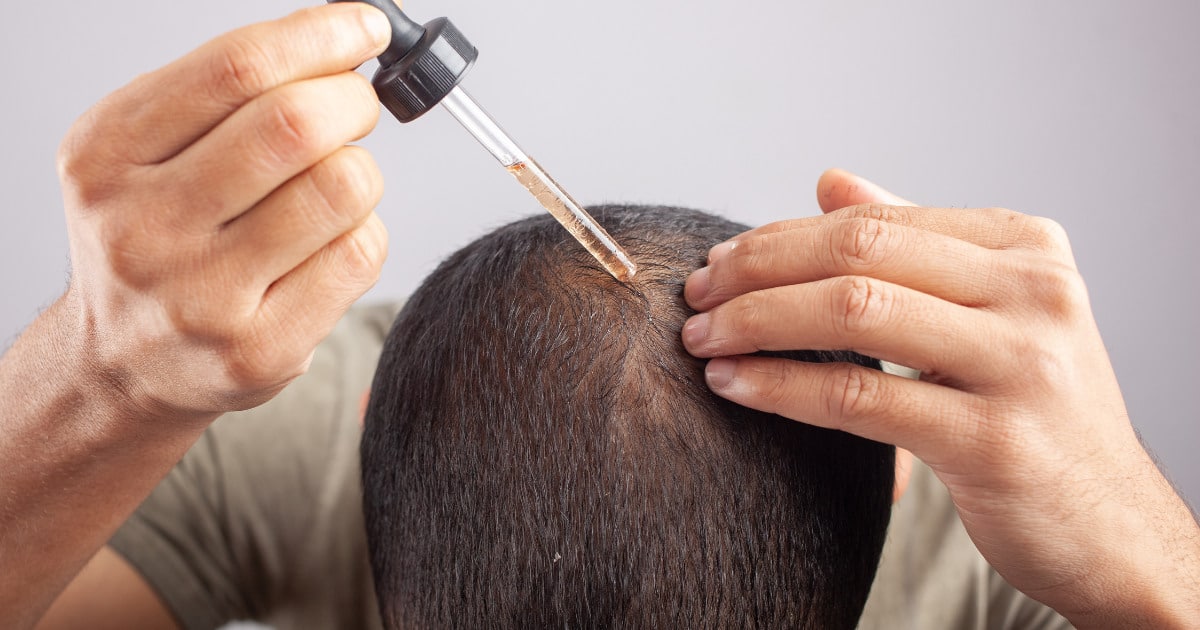
Hair Transplant Cloning: A Glimpse into the Future of Hair Restoration
Hair Transplant Cloning: A Glimpse into the Future of Hair Restoration
The science of hair restoration is constantly advancing, and one of the most exciting developments in recent years is the potential of hair transplant cloning and multiplication. While this technology is still in its early stages, the prospect of generating new hair follicles to grow new hair is becoming increasingly promising.
Hair cloning offers the possibility of achieving a full head of hair, even with limited donor hair. This article will explore the differences between hair cloning and multiplication and the current hair loss treatments available for effective hair restoration.
Book your free consultation
What is Hair Cloning?

So, what is hair cloning? Hair cloning is a technique that involves the artificial reproduction of germ cells from healthy hair follicles. These germ cells combine to form the hair shaft. In hair cloning, healthy dermal papilla cells are multiplied and reintroduced into the scalp to promote hair regrowth in balding areas.
The procedure starts by harvesting follicles that contain healthy hair. Researchers then isolate and multiply the dermal papilla cells in a specialized growth medium, which allows for a large quantity of these cells to be produced from just one follicle. Finally, the cloned cells are re-implanted into the bald areas of the scalp, where they can stimulate new hair growth. Although this technology has not yet been commercialized, clinical data shows promising results.
How Does Hair Cloning Work?

The process involves harvesting healthy donor hair follicles, typically from the back of the head, and transplanting them into thinning areas of the scalp. However, some patients may not have enough donor follicles to achieve their desired results. This is where research holds the potential to revolutionize hair transplantation. Hair cloning, for instance, could provide an unlimited supply of hair for transplants. Instead of simply relocating hair follicles, this technique would allow the multiplication of hair follicles outside the body.
Once multiplied, these new hair follicles could be transplanted wherever needed. However, the technology is still in development, and further research and clinical trials are necessary before it becomes commercially available.
What is the Difference Between Hair Cloning and Hair Multiplication?
Hair cloning and hair multiplication are often used interchangeably, but there are subtle differences between the two. Scientists grow cloned hair follicles in vitro using a growth medium in hair transplant cloning. This laboratory technique aims to address hair loss by creating new follicles. On the other hand, hair multiplication involves dividing a single hair follicle into multiple pieces, which are then transplanted into balding areas.
In both processes, a person’s germinative hair follicle stem cells are multiplied outside the body and re-implanted into the scalp, resulting in permanent hair growth. While the techniques may seem similar, the primary distinction lies in using stem cells in cloning.
Despite their potential, hair cloning still faces many challenges. Few successful cases of medical cloning have been reported, and none have yet been applied to hair restoration. However, both techniques hold promise, as they could allow more patients to qualify for hair restoration, regardless of donor hair density, and significantly increase hair growth.
The Challenges of Cloning and Multiplication

Researchers have encountered several obstacles in developing hair cloning technology, primarily related to the fragility of hair follicles. Below are the key challenges in hair transplant cloning:
Technical Difficulties
Creating the optimal environment for hair follicle cells to grow is challenging. Hair follicles can lose their shape and structure in an unsuitable growth medium, making successful cloning difficult. Additionally, in hair multiplication, only a small percentage of germinative cells survive after re-implantation.
Consistency and Control
The results of hair follicle cloning could be more consistent. Hair density, direction, and growth variations can lead to unnatural appearances. Another significant hurdle is achieving new hair growth that blends seamlessly with natural hair.
Immune Response
The body’s immune system may reject the cloned hair follicles. Developing strategies to prevent immune rejection is vital for the success of hair cloning procedures.
Long-term Efficacy and Safety
The long-term effectiveness and safety of hair cloning still need to be determined. Addressing potential side effects and ensuring long-term stability is essential before commercializing technology.
Hair Restoration Methods Currently Available

Hair transplant cloning may still be years away from becoming a reality, but current procedures offer long-lasting solutions. A successful hair transplant involves extracting hair follicles from one part of the scalp and implanting them into balding areas. These surgical options provide some of the most effective and comprehensive results for hair restoration today.
ILEA Hair Restoration in Houston, TX, is led by the incredible Dr. Cesar and offers the following hair restoration methods:
FUE (Follicular Unit Extraction) is a popular and minimally invasive hair restoration procedure. During an FUE transplant, individual hair follicles are carefully extracted from a donor area, usually the back or sides of the scalp, and implanted into the thinning or balding areas. This method delivers natural-looking results with minimal scarring, making it a preferred option for those seeking a discreet and effective solution for hair loss.
Scalp micropigmentation (SMP) is a non-surgical cosmetic procedure where pigments are applied to the scalp to mimic the look of hair follicles. This technique creates the illusion of a closely shaved head or adds density to areas with thinning hair. SMP is ideal for those who prefer a buzz-cut style or want to conceal balding or thinning spots. It delivers immediate results with minimal upkeep.

Low-level laser therapy (LLLT) uses painless, safe laser technology to stimulate hair growth. The lasers emit specific wavelengths of light that penetrate the scalp, boosting cellular activity and encouraging hair regrowth. LLLT can be used on its own or alongside other treatments. It’s a convenient option, as it can be done at home with handheld devices or in a clinical setting.

Low-level laser therapy (LLLT) uses painless, safe laser technology to stimulate hair growth. The lasers emit specific wavelengths of light that penetrate the scalp, boosting cellular activity and encouraging hair regrowth. LLLT can be used on its own or alongside other treatments. It’s a convenient option, as it can be done at home with handheld devices or in a clinical setting.
The Selphyl Plasma System is a fully closed system designed to extract natural growth factors precisely. Adding a small amount of calcium chloride (medical salt) keeps the growth factors active for several days, enhancing hair restoration results.
The best part is that the Selphyl treatment takes less than an hour and can be performed right in Dr. Cesar’s office. The number of treatments required will depend on your specific needs, aesthetic goals, and Dr. Cesar’s personalized plan. Typically, a minimum of 4 treatments over 6 months is recommended to see noticeable results.
Hair Care Products
Various topical solutions, including minoxidil, specialized shampoos, and hair growth serums, are readily available. These products target hair follicles to promote growth and improve overall hair health.

Hair Care Products
Various topical solutions, including minoxidil, specialized shampoos, and hair growth serums, are readily available. These products target hair follicles to promote growth and improve overall hair health.

Learn About Hair Cloning and Multiplication from an Expert
Dr. Cesar is the leading hair surgeon in Houston, TX. If you’re curious about hair cloning and multiplication or the overall future of hair restoration, schedule a consultation with ILEA Hair Restoration. As a leading provider of FUE hair transplants and other popular restoration methods like Scalp Micropigmentation, Dr. Cesar is at the forefront of hair restoration science and breakthroughs. During your consultation, you can speak in depth with the doctor about this new technology and hair renewal technique and discover what treatment methods can combat your hair loss.
Restore Your Hair in Houston
Hair transplant cloning could be the future of hair restoration, offering the potential for an unlimited hair supply and addressing various types of hair loss. However, this technology is still developing and may take years to perfect.
In the meantime, you can restore your hair with the surgical and non-surgical options available at ILEA Hair Restoration in Houston, TX. Schedule a consultation with us today to better understand your hair condition and explore the best treatment options available! Call (882) 991-5411.
Book your free consultation







